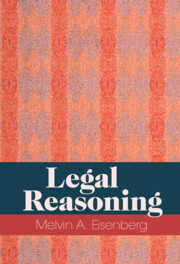This Article draws on research into precedent and the European Court of Justice to argue that it is distinctive in almost never retreating from a standpoint it has taken, or overturning an earlier judgement, by contrast with other Supreme Courts where this is a more common occurrence. The Article then considers the implications of this finding for research into the relationship between the Court and other actors, such as Member States, litigants and institutions. It suggests that in considering how the Court may be influenced and constrained this research takes insufficient account of its apparently limited capacity to change doctrinal direction. Evidence of doctrinal path dependence needs to be a more central part of discussions of the Court as a relational actor.


